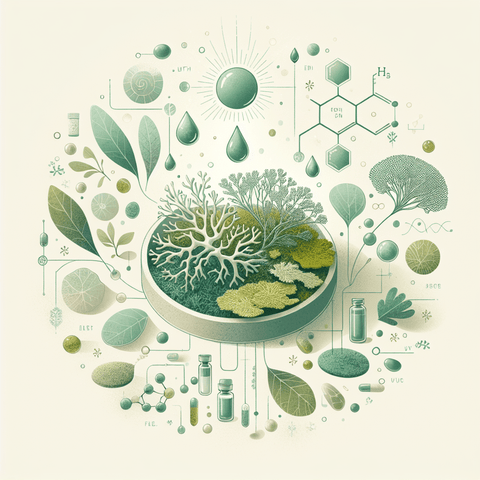This cruelty-free vitamin d guide offers ethical, practical insights on selecting D3 products that align with cruelty-free principles. It centers on how brands approach animal welfare, sourcing, and manufacturing transparency, with a focus on the keyword cruelty-free vitamin d. You’ll learn how to spot cruelty-free vitamin d options, differentiate vegan-friendly choices, and understand common certifications. The guide also explains how to assess a brand’s commitments and what to look for in product labeling. Vegan sources for cruelty-free vitamin d, including lichen-derived D3 and algae-derived options, are widely available. It’s helpful to know that some D3 products have historically relied on lanolin from wool-bearing animals, which would not meet vegan criteria. Labels that note “vegan,” “algae-derived,” or “lichen-derived” can signal a non-animal origin, but it’s wise to review sourcing notes or COAs provided by the brand. Beyond the base ingredient, the ethical profile also encompasses testing practices and packaging materials. About safe dosing, this guide covers how to read dosage information on packaging without turning that into medical guidance. It explains why products report a per-serving amount and which units are used (such as IU or mcg) and how serving sizes can vary across brands. The discussion emphasizes looking for clear, batch-specific information and cross-checking with third-party verifications rather than relying on a single figure. It also notes how to assess whether the product’s claims about cruelty-free vitamin d are supported by independent audits. Choosing clean, reliable supplements involves looking for credible certifications and transparent manufacturing, not just marketing terms. Seek cruelty-free vitamin d products that carry independent confirmations such as cruelty-free or vegan certifications from recognized organizations, along with third-party potency and purity verifications. Certifications to consider include Leaping Bunny, Cruelty Free International, vegan logos, and GMP or USP-NSF verifications, plus a clear COA for each batch. By prioritizing traceable supply chains, responsible ingredient sourcing, and transparent labeling, you can select options that meet ethical standards and quality expectations.

